Learn the history of this ultra-popular Jeep and why the current Cherokee just doesn’t stack up…
For many Jeep enthusiasts, the Cherokee XJ holds a special place in their heart. With a production run spanning from 1984 to 2001 it certainly was influential, helping countless people travel through the outdoors as well as navigate life in the city. While many have survived, finding one for a good deal these days is becoming increasingly difficult as owners cling to them since there really is no Jeep like these made today.
Learn about the short rise and fall of the Chrysler Crossfire here.
The XJ was the first Jeep design AMC created from scratch. Renault, which had a financial interest in the beleaguered American automaker, had a big part in the creation of the Cherokee. To make it appealing to the European market, the French decided it should be a unibody vehicle for greater maneuverability in tight spaces, which also helped with achieving aggressive government fuel economy standards of the time. However, Chrysler used a hybrid design which included some frame construction elements.
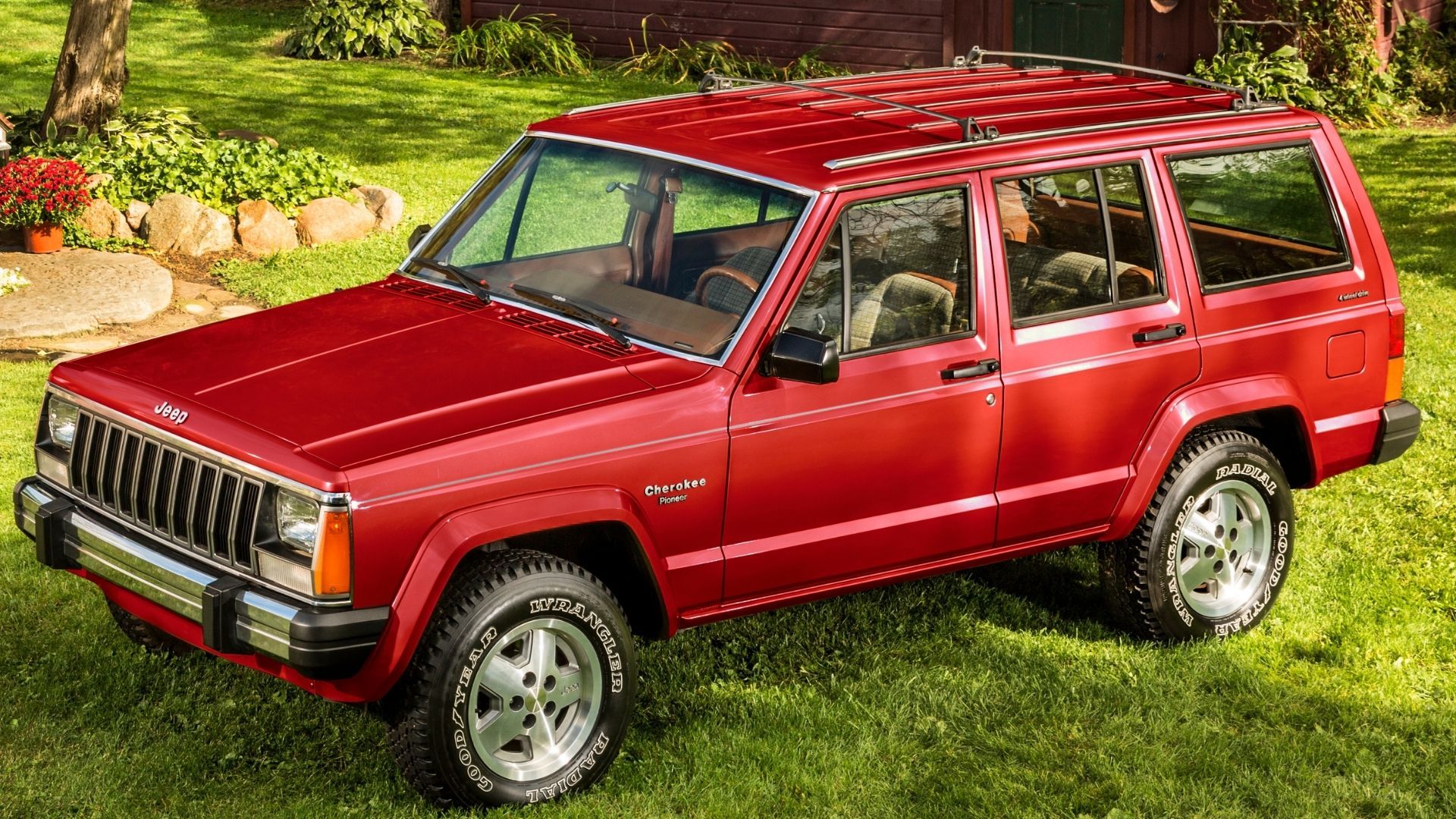
Funny enough, the unibody construction came with a number of advantages. The biggest one was the lower curb weight, which was a half-ton less than the old Cherokee SJ. Yes, that meant the Cherokee XJ was less of a gas guzzler than had it been a body-on-frame truck. More importantly, the lower curb weight made it perfect for traveling through sand, mud, etc. since it wouldn’t sink as much as heavier off-roaders. That fact alone made it a favorite for enthusiasts.
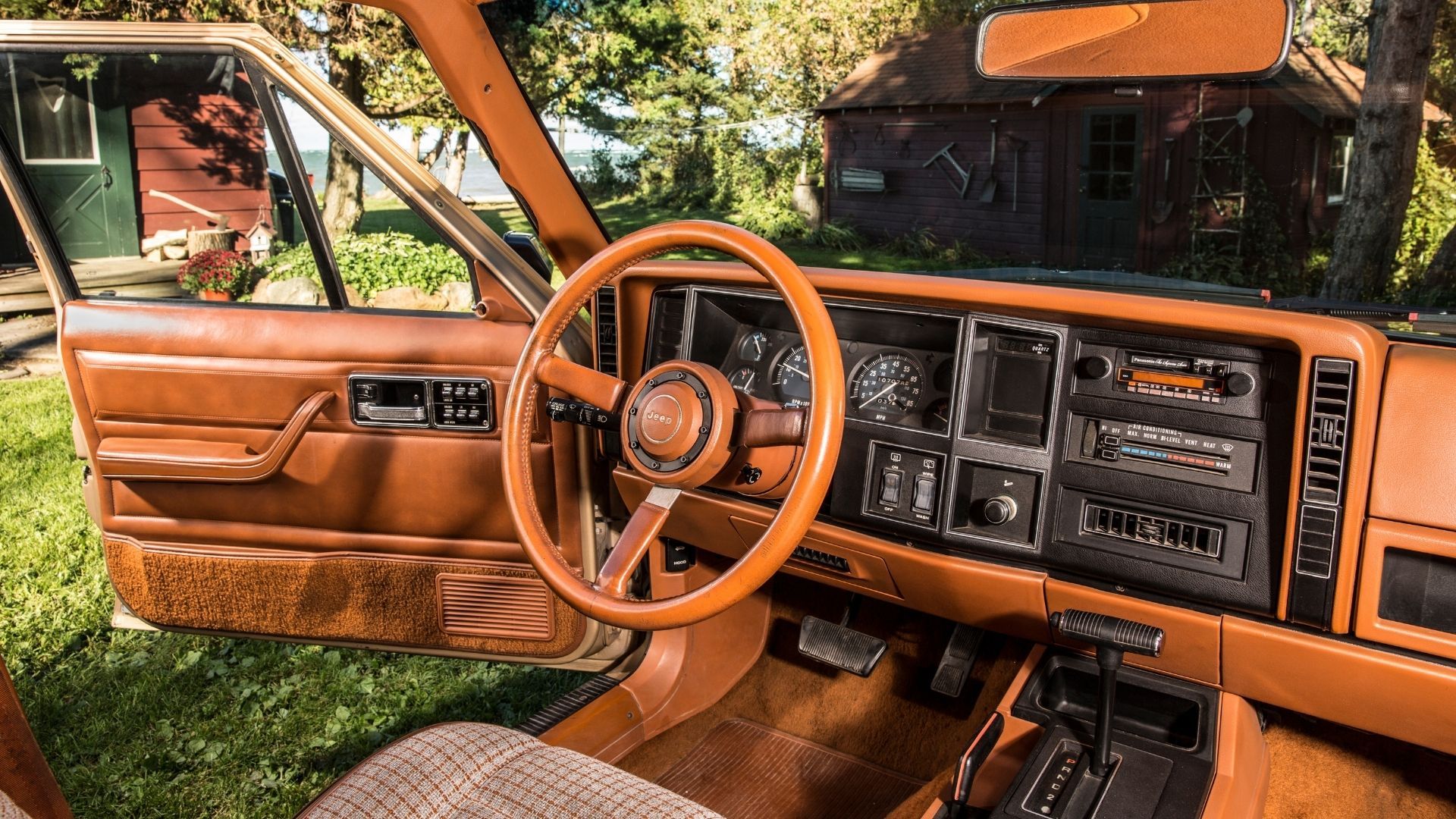
The smaller size was also an advantage on trails where there simply isn’t enough room for a big, hulking body-on-frame rig. Compared to the SJ, the XJ was 6 inches narrower. Better breakover and departure angles were a result of the XJ being 21 inches shorter than the SJ. However, the interior capacity of the new Cherokee was 90 percent of the old version, so about the same amount of people and equipment could fit inside.
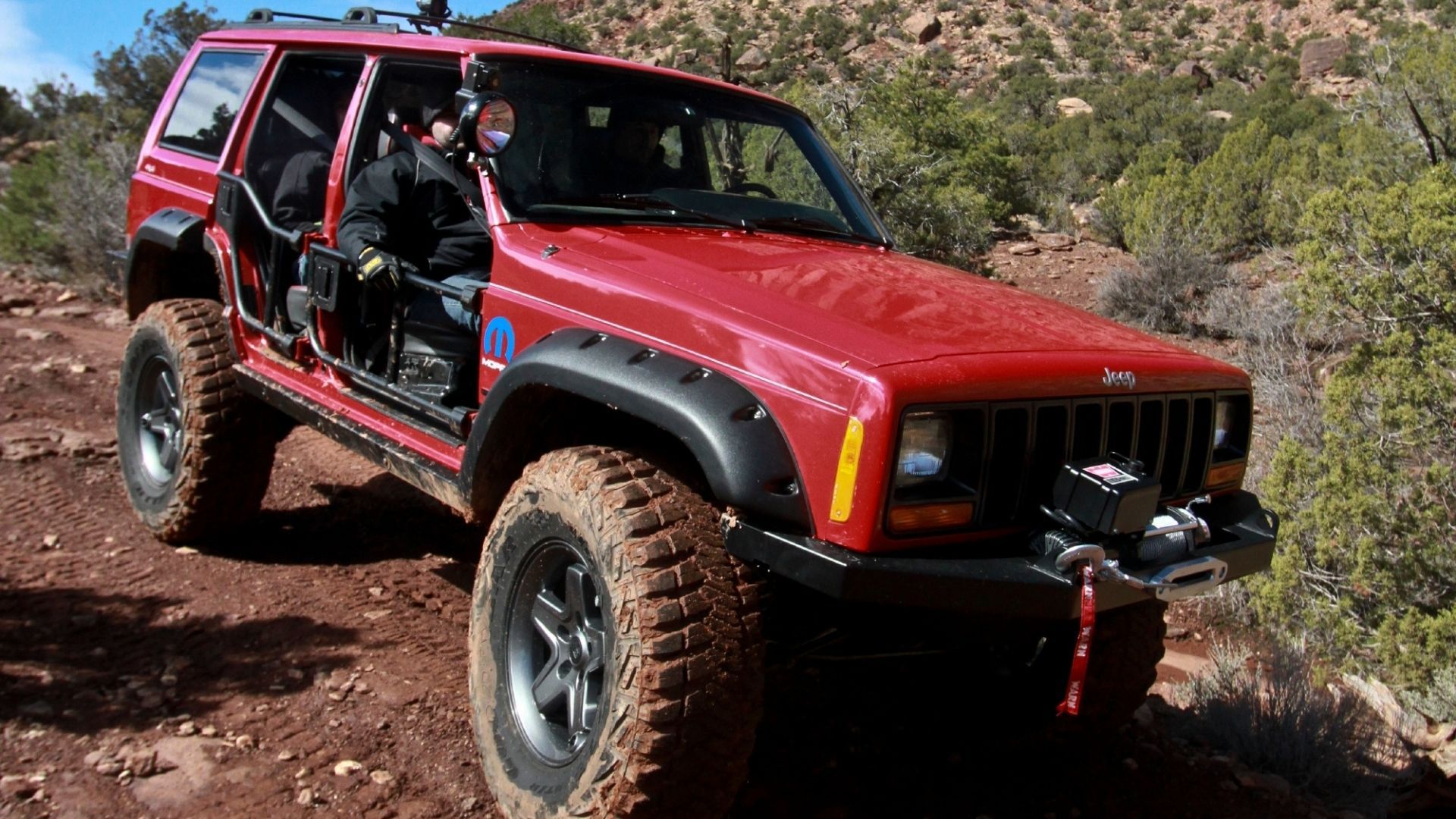
Unlike crossovers of today, which are also unibodies, the XJ came with solid front and rear axles. A Quadra-Link from suspension helped smooth out the ride quality and boosted handling, making them more comfortable to drive on the road than the CJs. Exactly what axles, lockers, and differentials shoppers could get it with from the factory varied throughout the years. However, the aftermarket offers a huge range of upgrades for those who want to build the perfect rig instead of just buying one.
Another novel element of the Jeep XJ is it was the first in the brand to use robots in the assembly process. That might sound unbelievable today, but in the early 1980s the use of robots for any portion of a vehicle’s assembly was cutting-edge and controversial. However, the precision involved meant improved fit and finish compared to previous Jeeps.
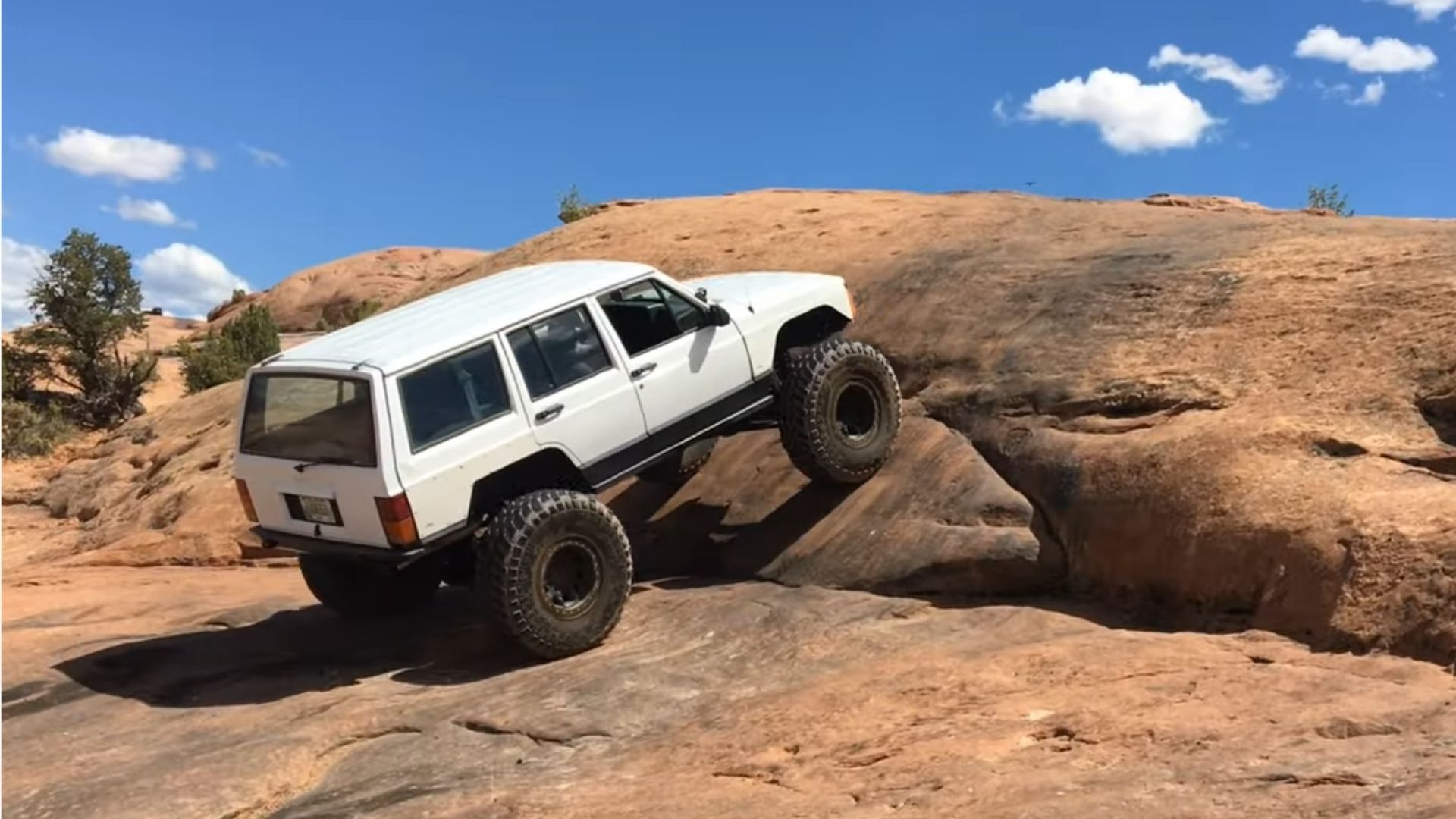
As you probably know, the XJ was made in several different configurations, with seating up to 6 and 2 to 4 doors. Numerous trims were also offered, including the high-end Limited which debuted in 1988 and appealed to more affluent shoppers who wanted more luxuries. Thanks to the influence of the French, the Jeep was designed from the ground-up to accommodate a right-hand-side steering configuration at no additional manufacturing cost. Later, that would be instrumental in their being used by the United States Postal Service.
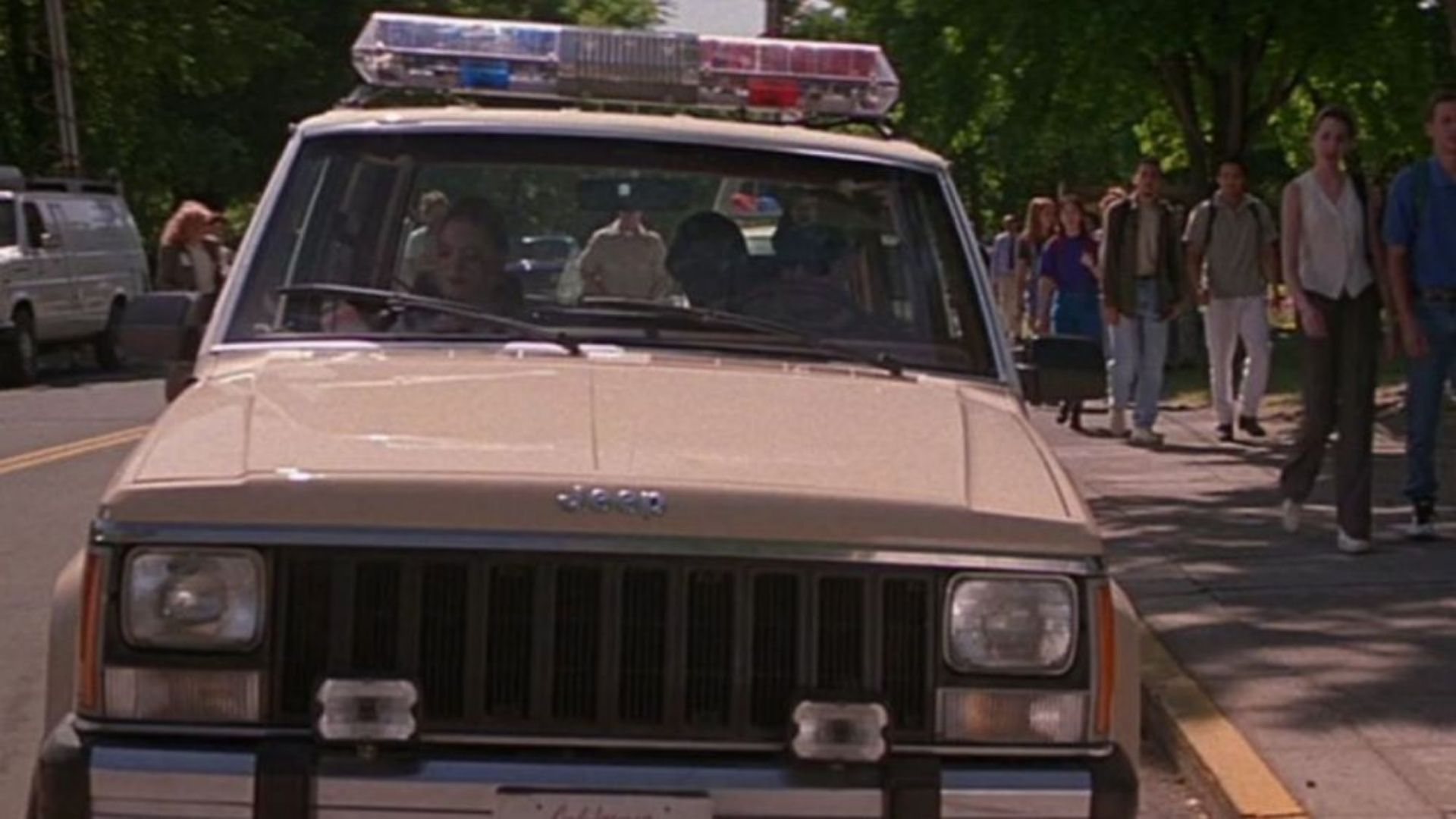
Other government agencies in the United States took to the Cherokee XJ, especially law enforcement. Their versatile, utilitarian nature were the big selling point.
In 1993 the plan was to phase out the Cherokee in favor of the Grand Cherokee. However, the XJ was so popular Chrysler decided to keep making it. Even though its life was extended all the way until 2001, Jeep fans still complain about it getting axed. They point to other aging off-roaders which hadn’t been updated in decades, like the Land Rover Defender and Mercedes G-Wagon, arguing DaimlerChrysler could have easily extended the life of the XJ, especially since the Germans were already doing that with the G-Class. However, the decision was final and that was the end of what many still proclaim to be the greatest Jeep ever made.
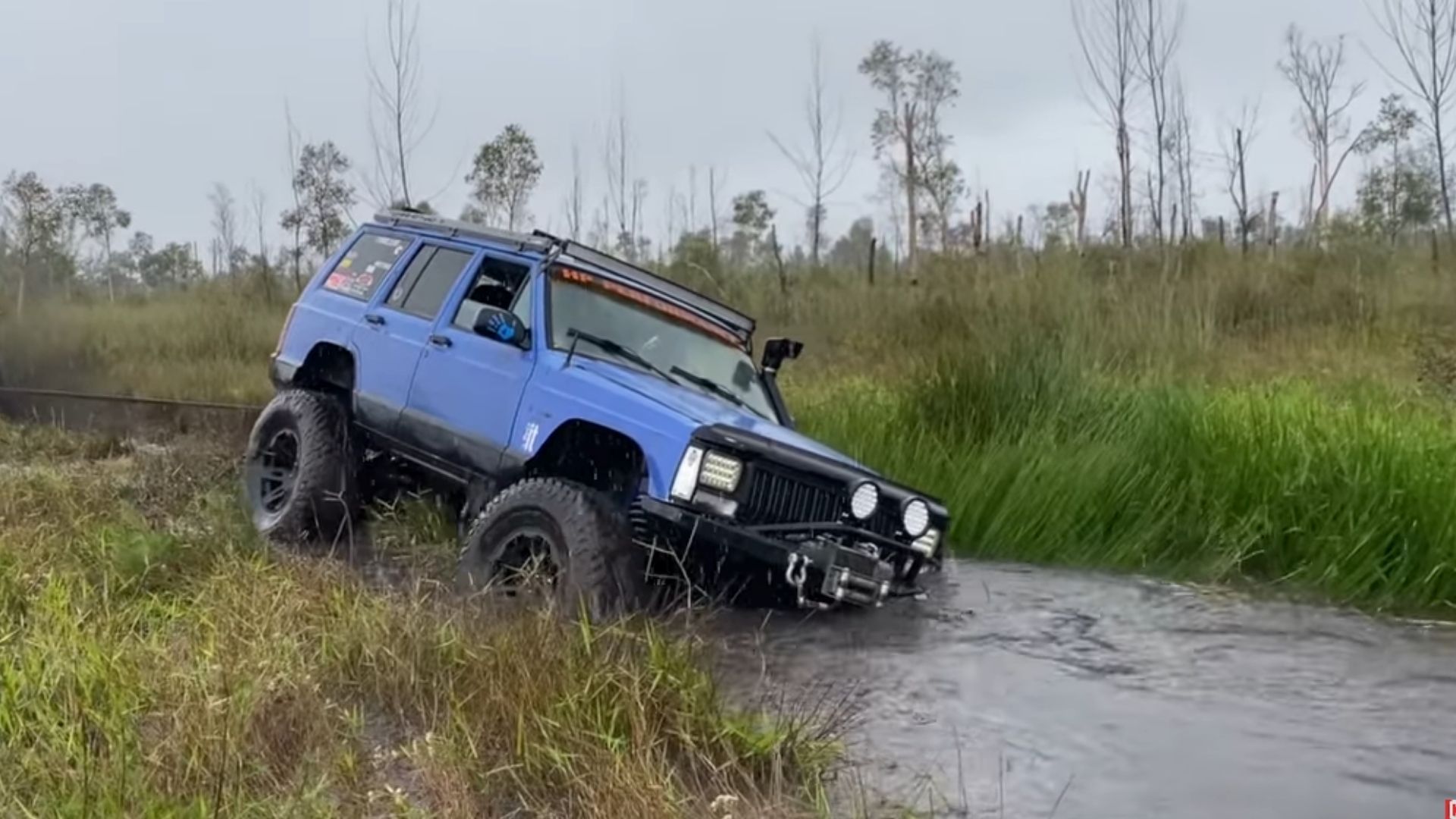
Many reasons have been cited for the death of the Jeep Cherokee XJ. While DaimlerChrysler simply said the design was outdated, there was more going on. While it’s hard to believe it today, at the turn of the century the Jeep brand wasn’t the cash cow it is today. Market share for the rugged lineup was falling rapidly and as a result executives were scrambling to shift brand strategy. That unfortunately involved remaking the image of Jeep, which they though could be accomplished in part by just tying a rock around the Cherokee and sinking it.
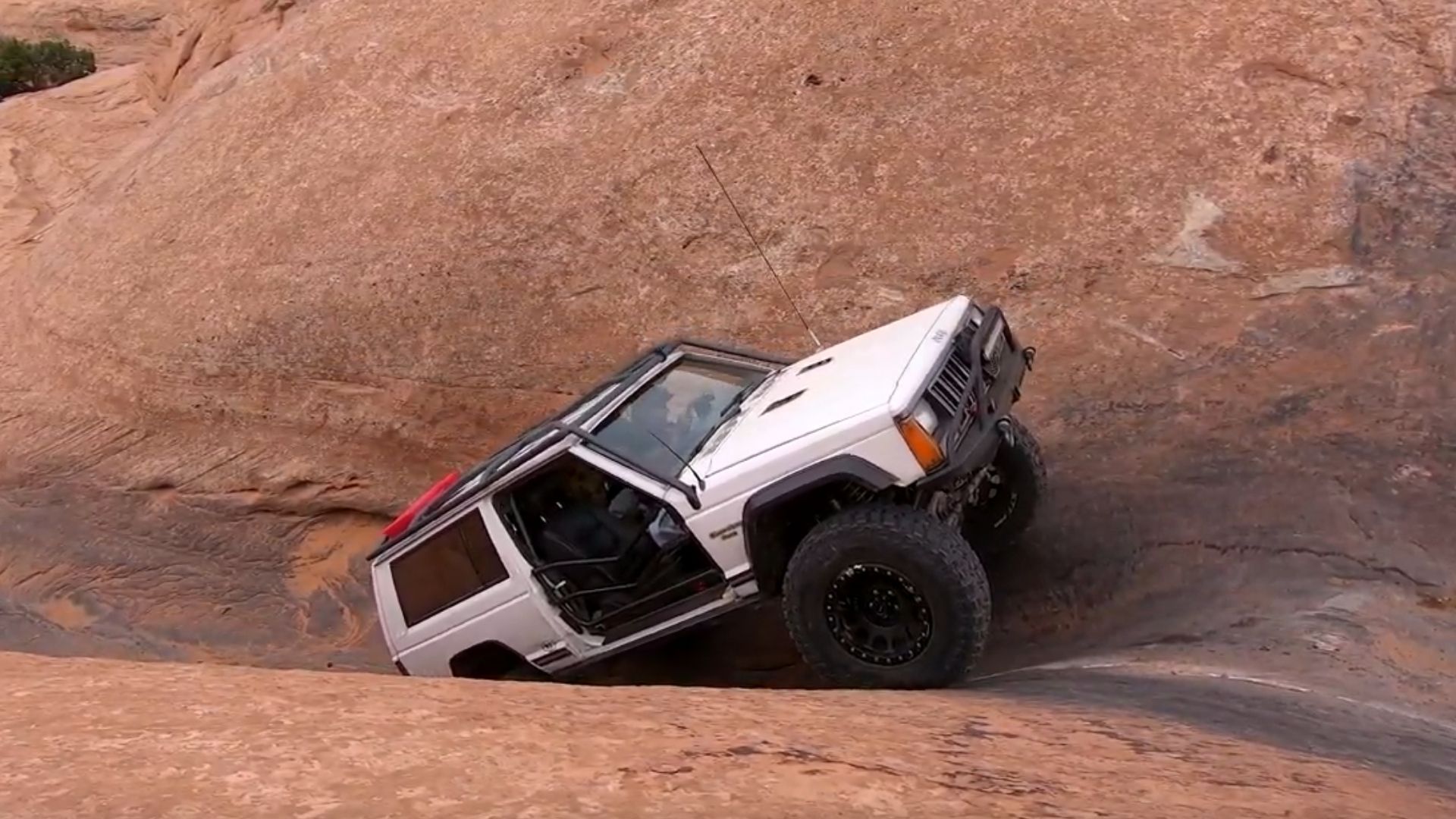
Market research indicated that the majority of Jeep owners at the time didn’t take their vehicles off-roading much, if ever. With the on-road dynamics of the XJ lacking, the thinking was by replacing it with something which was much smoother on pavement sales would only improve.
The plan was to replace the XJ with the Jeep Liberty KJ, a decision which proved to be fateful but thankfully not fatal. Virtually nobody looks at the Liberty line with any fondness today, including non-enthusiasts, as they were mediocre vehicles at best. That fact just pours salt in the wound for Cherokee enthusiasts.
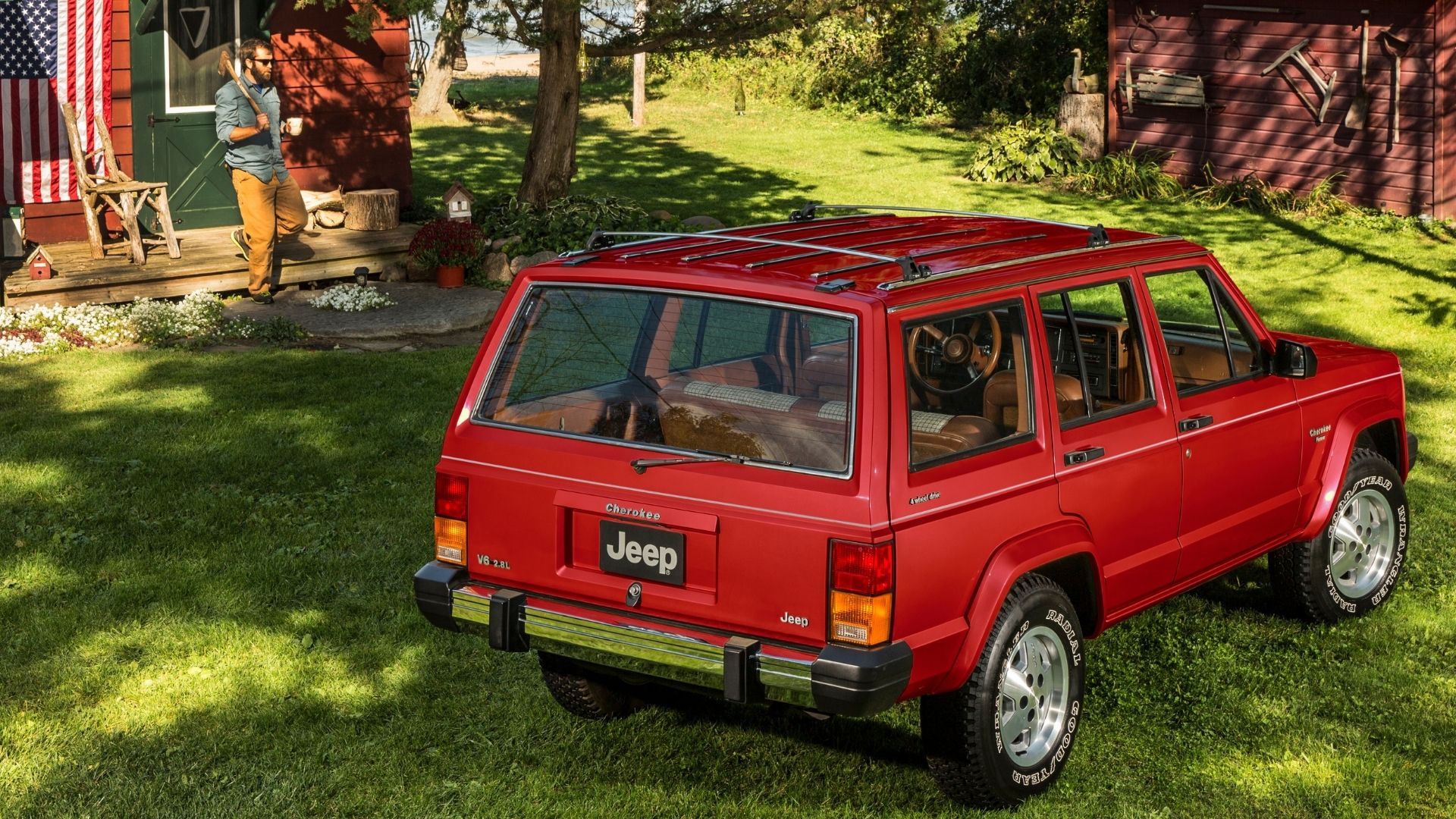
Wolfgang Bernard is often cited as the true reason for why the Cherokee XJ was killed. To think an out-of-touch German executive essentially killed an American icon which was beloved around the globe is infuriating, but as President and COO Of Chrysler the man made many controversial decisions all with the aim of cost cutting. He found the XJ to be “aging” and “bland” so it had to go and that was that.
As you know, today the Cherokee nameplate has been applied to a sleek, unibody, but not nearly as capable Jeep which is generally hated and ridiculed by enthusiasts. Gone are elements like the solid axles and with that the rugged trail-proven capabilities. Even with the name a little tarnished, the fact almost 3 million XJs were built during its production run is a testament to this legendary off-roader.





